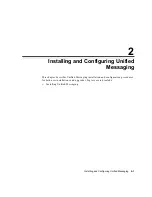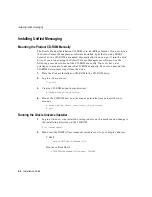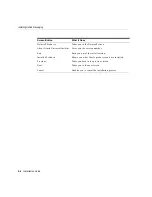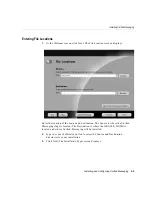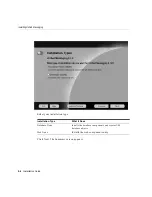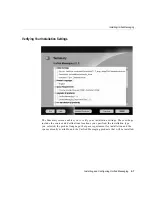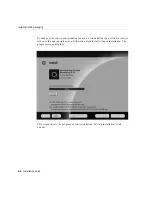
ix
Notation Conventions
The following notational conventions appear in this manual:
Convention
Description
italic
Italicized type identifies document titles.
Monospace
Monospace type indicates commands.
bold
Boldface type indicates script names, directory names, path names,
and file names (for example, the
root.sh
script).
UPPERCASE
Uppercase letters indicate parameters or environment variables (for
example, ORACLE_HOME).
.
.
.
In code examples, vertical ellipsis points indicate that information
not directly related to the example has been omitted.
. . .
In command syntax, horizontal ellipsis points indicate repetition of
the preceding parameters. The following command example
indicates that more than one input_file may be specified on the
command line.
command [input_file ...]
< >
In command syntax, angle brackets identify variables that the user
must supply. You do not type the angle brackets. The following
command example indicates that the user must enter a value for the
variable input_file:
command <input_file>
[ ]
In command syntax, brackets enclose optional clauses from which
you can choose one or none. You do not type the brackets. The
following command example indicates that the variable output_file
is optional:
command <input_file> [output_file]
{ }
In command syntax, curly brackets indicate that a choice of two or
more items separated by a vertical bar or pipe ( | ). You do not type
the curly brackets. The following command example indicates a
choice of either a or b:
command {a | b}
$
The dollar sign represents the shell prompt in UNIX.
Summary of Contents for Unified Messaging
Page 6: ...vi ...
Page 10: ...x Installation Guide ...
Page 36: ...Installing Unified Messaging 2 20 Installation Guide ...
Page 46: ...Troubleshooting Hints 4 4 Installation Guide ...

















